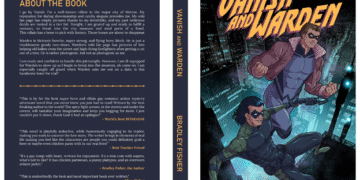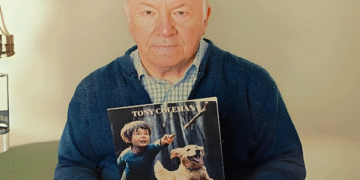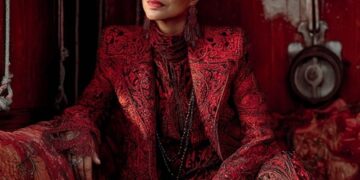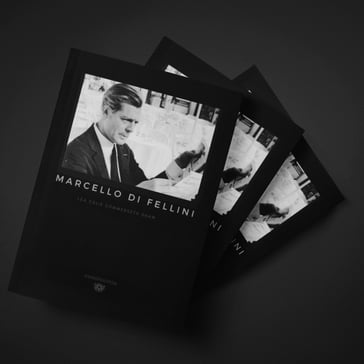Rome, Italy — One was a visionary director born from the chaotic warmth of a small seaside town. The other, a reluctant actor whose charisma would define a generation. Together, Federico Fellini and Marcello Mastroianni formed one of the most iconic partnerships in the history of cinema, forever changing the landscape of Italian—and global film.
Born in Rimini in 1920, Fellini grew up surrounded by family chaos, fantastical storytelling, and the vibrant texture of post-war Italy. His early fascination with cartoons and illustrations evolved into a unique cinematic voice—one steeped in dreamlike sequences and surreal symbolism. From the beginning, Fellini’s path was clear: he would become a master storyteller, using film to channel both personal memory and collective emotion.
Marcello Mastroianni, born four years later in the modest town of Fontana Liri, did not plan for a career on the silver screen. Initially aspiring to become an architect, he found himself swept into acting more by chance than ambition. Yet his natural presence, combined with a quiet emotional depth, quickly made him a favorite among directors navigating Italy’s cultural renaissance in the wake of World War II.
The duo’s eventual collaboration was as unlikely as it was legendary. Where Fellini was structured and meticulous, Mastroianni was spontaneous and fluid. Fellini constructed elaborate worlds—full of metaphor and memory—while Mastroianni grounded them, bringing his characters to life with quiet gravitas and seductive subtlety.
Their first major collaboration, “La Dolce Vita” (1960), would define an era. As journalist Marcello Rubini, Mastroianni became the face of disillusionment in a society awash with glamour and moral ambiguity. For Fellini, the film marked the culmination of years of experimentation. For Mastroianni, it was a breakthrough—his portrayal simultaneously distant and magnetic.
That magic would strike again with “8½” (1963), in which Mastroianni played Guido Anselmi, a fictional alter ego of Fellini himself. The film was a meta-cinematic journey through the psyche of a director facing creative paralysis—a role only Mastroianni could have inhabited with such disarming vulnerability.
Though their careers were vastly different in origin—Fellini’s forged from deliberate artistic pursuit, Mastroianni’s shaped by circumstance—their synergy was unmistakable. “Fellini created the dream,” as one critic noted, “and Mastroianni made us believe in it.”
Their collaboration represents more than just a director-actor pairing. It’s a testament to the beauty of contrast: the planned meeting, the accidental, the surreal intersecting with the real. Their artistic dynamic remains one of cinema’s great harmonies—one man building the fantasy, the other giving it a human face.
In a cinematic world often driven by ego or formula, Fellini and Mastroianni offered something rare: a creative relationship grounded in trust, respect, and the unspoken understanding that true art often arises from difference, not similarity.
As their films continue to inspire audiences and filmmakers alike, the story of Federico Fellini and Marcello Mastroianni remains not only a tale of artistic triumph—but a love letter to cinema itself.
About the Author
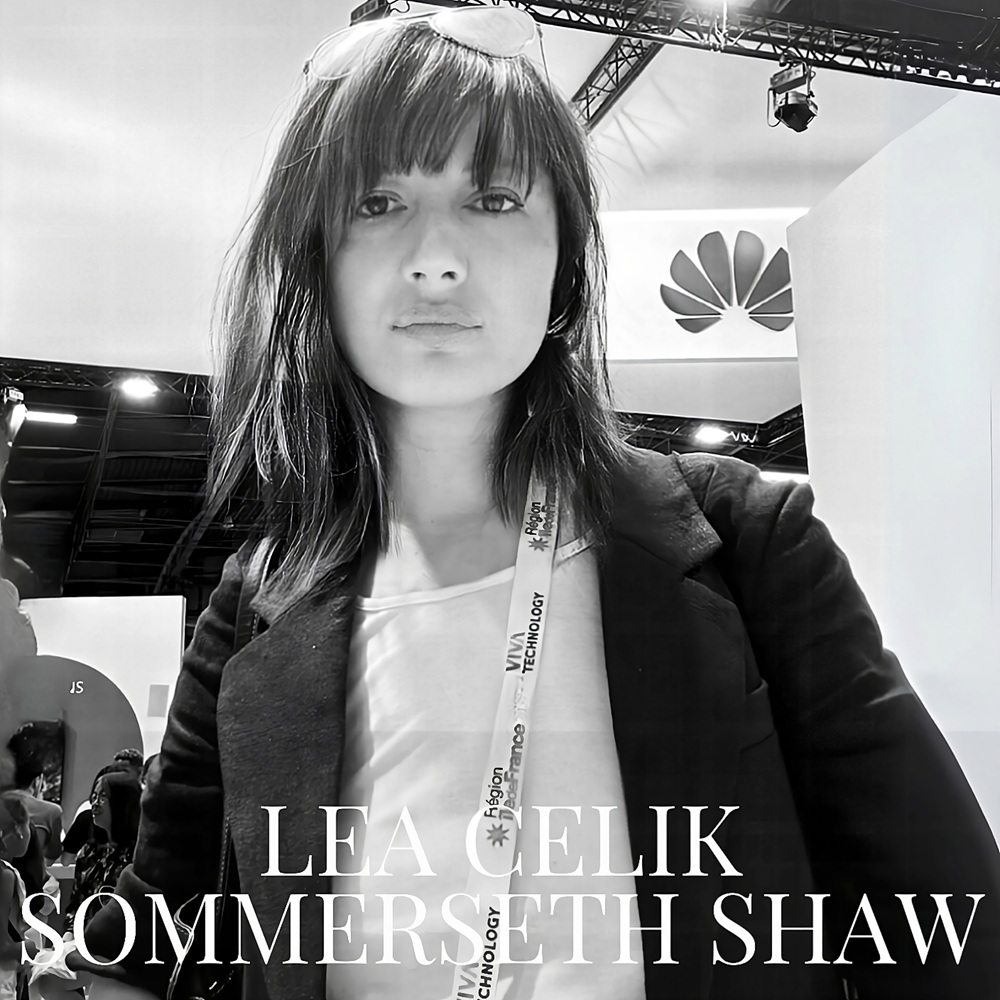
Multidisciplinary Artist | Writer | Cultural Entrepreneur | Founder of Biblioteca Babilonia, Amfitheatron and other projects and ventures for LCSS INC
Lea Celik Sommerseth Shaw is Hague based Multidisciplinary artist, author, and cultural curator with a background in visual arts, independent publishing, and international advocacy. She is the founder of Biblioteca Babilonia and Cargo Culture, creative platforms dedicated to philosophical exploration, memory work, and transnational storytelling.
Her work blends political consciousness with poetic expression, often drawing inspiration from cinematic heritage, theology, and human rights. As the author of Marcello Di Fellini, she offers a deeply personal and evocative reflection on the cultural legacy of Italian cinema, connecting the worlds of Marcello Mastroianni and Federico Fellini with contemporary philosophical inquiry.
Lea has also been active in law, policy-making, and grassroots movements, advocating for democratic reform and social justice. Her unique approach bridges art, activism, and philosophy, establishing her as a voice for interdisciplinary cultural innovation.









